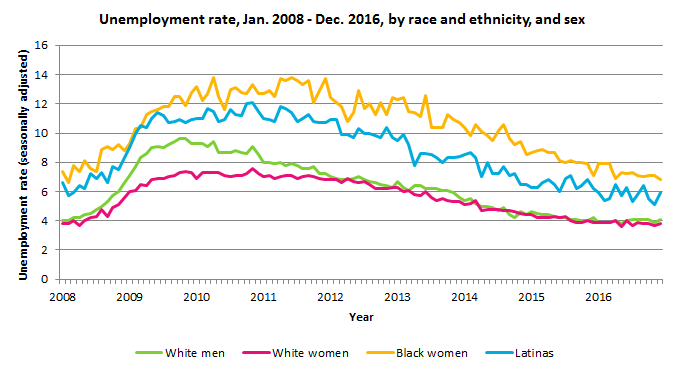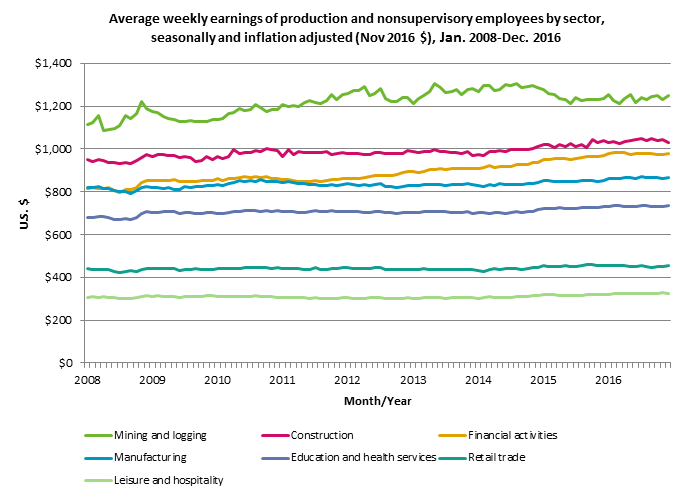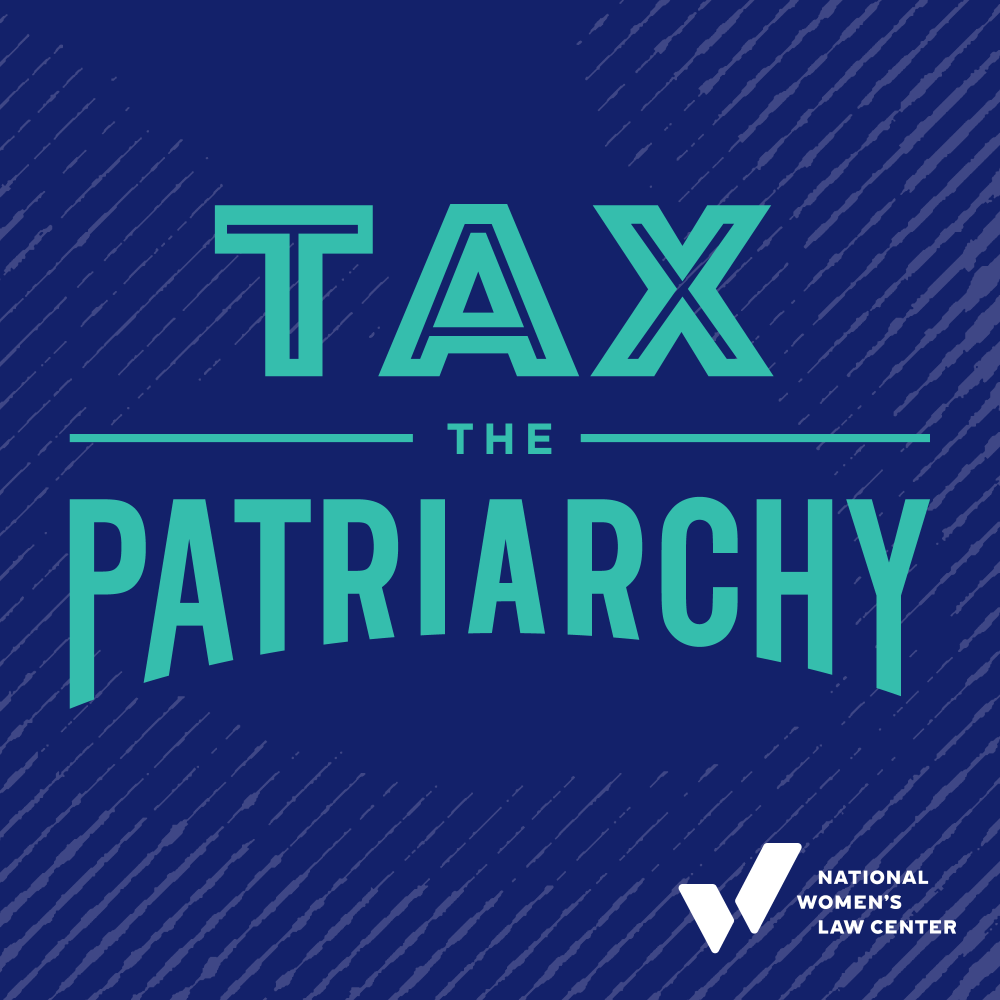Abortion rights, women of color, and LGBTQI+ people are under attack. Pledge to join us in fighting for gender justice.
Another Reason to Say #ThanksObama: The Last Jobs Report 2016

Jobs data were released this morning by the Bureau of Labor Statistics and since this is President Obama’s last job’s report, we thought we’d take a look back at how the employment picture looked from his first days in office in 2008 to now.
Unemployment rates have been dropping since about 2011 and are back to where they were when Obama took office.
This might not seem like an achievement but considering we endured the greatest economic recession since the Great Depression just before President Obama’s tenure that led to enormous job losses as he took office this is a BFD.

The unemployment rate has steadily dropped for all groups but was most drastic for black men and women, single moms, and veterans.

We’re back to square one, but some groups of people are still behind.
Despite the gains made in the unemployment rate overall, some groups of women are still experiencing higher unemployment rates, especially Black women (6.8%), women with disabilities (8.3%), and single moms(5.8%). And because the Bureau of Labor Statistics does not track unemployment for trans or gender non-conforming folks, the disparities they face are missing from the data. However, according to most recent estimates from the U.S. Transgender Survey, the unemployment rate for trans-identified people is 15% – almost three times the overall rate.
Much of the job growth for women reflected in the BLS jobs data has been in low-wage service sector industries. For example, women made up 52% of the “leisure and hospitality” sector in December, which saw almost no wage growth over the last eight years, and had a projected average hourly wage of $13.01 in November. Compare this with other sectors in which women are underrepresented, such as construction. The sector had an average hourly wage of $26.24 in November and better average weekly earnings growth over the last 8 years. While more women are working in non-traditional sectors than ever before, from 2015 to 2016 women comprised 65.8% of the job growth in the leisure and hospitality sector, but only 31.4% in the construction sector.

Economists have speculated how much more the incoming administration and Congress can do to truly lower the unemployment rate, given the economy is already at what many say is “full employment”. However, there is plenty of room for closing gaps – like working to reduce unemployment for women of color, single moms, and trans folk, expanding training and employment opportunities for women in non-traditional sectors, and addressing wage stagnation for low- and middle-income Americans. This would go a long way toward helping working families move past square one.






